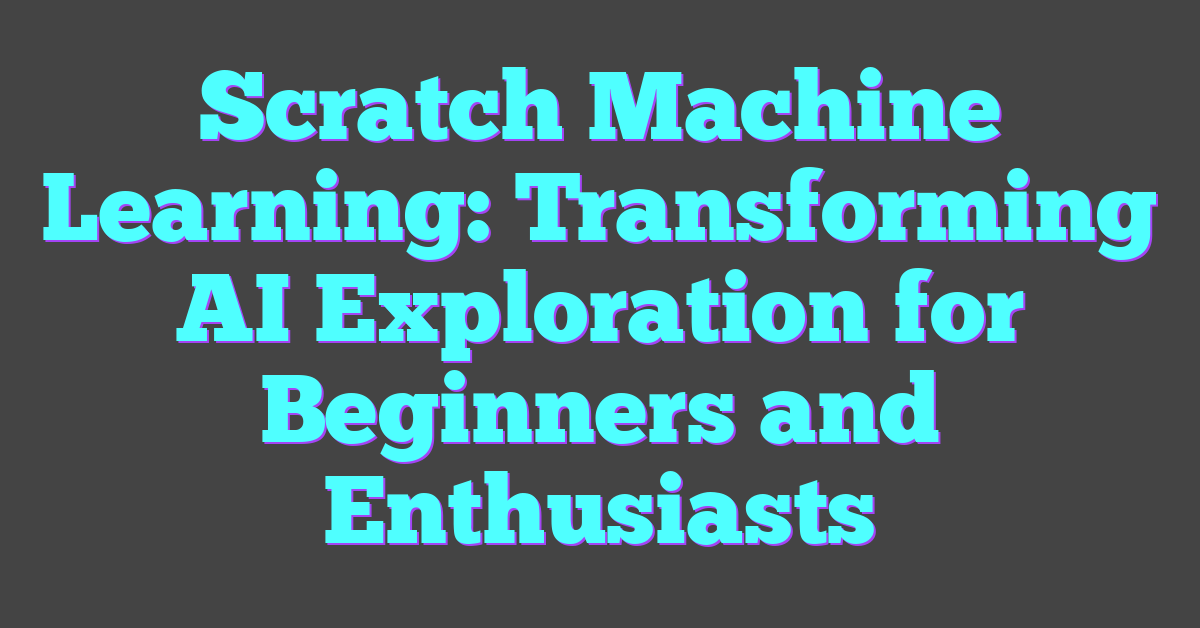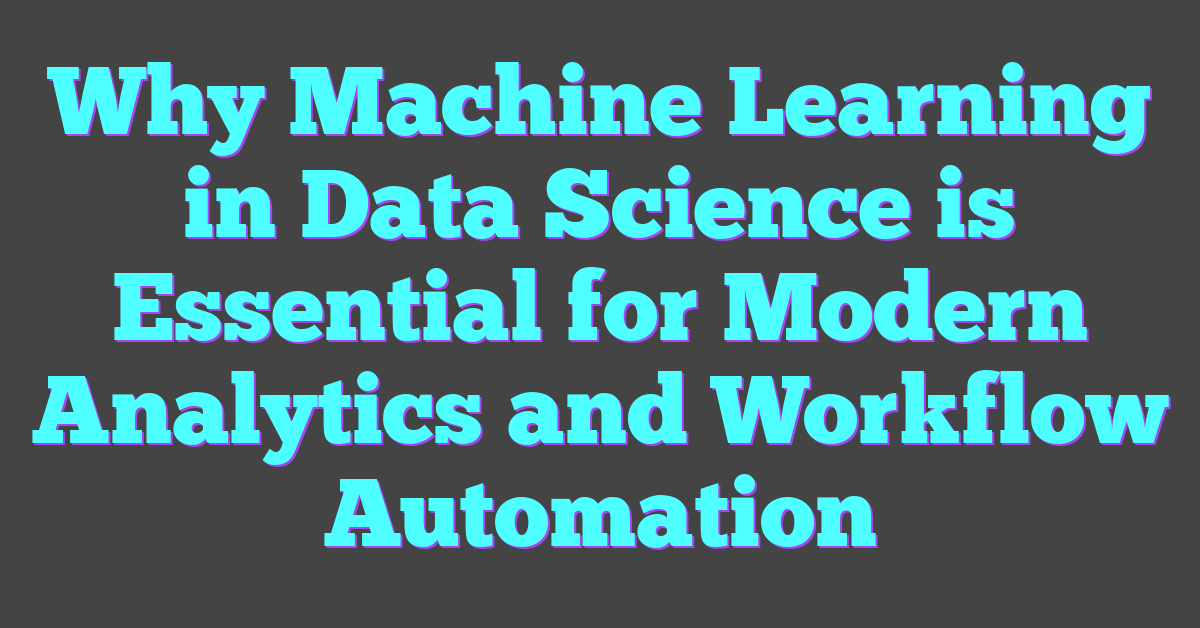Choosing between AI HL (Applications and Interpretations Higher Level) and AA HL (Analysis and Approaches Higher Level) in the IB Mathematics curriculum can feel like navigating a maze. Both courses come with their unique challenges and opportunities, but many students find themselves asking which one is harder.
While some might argue that AA HL’s focus on rigorous mathematical proofs and theories makes it tougher, others believe AI HL’s emphasis on real-world applications and statistical analysis presents its own set of difficulties. Understanding the core differences and demands of each course can help students make an informed decision that aligns with their strengths and future aspirations.
Understanding the IB Curriculum: AI HL vs AA HL
The International Baccalaureate (IB) Mathematics curriculum offers two distinct higher-level courses: Applications and Interpretations Higher Level (AI HL) and Analysis and Approaches Higher Level (AA HL). Each course suits different learning preferences and academic goals, particularly evident in their focus areas and challenges.

The Basics of AI HL (Applications and Interpretations Higher Level)
AI HL centers on real-world applications of mathematics and statistical analysis. It integrates complex mathematical concepts with practical scenarios, making it ideal for students interested in fields like data science or engineering. The course incorporates:
- Statistical analysis of data sets
- Use of technology to solve complex problems
- Mathematical modeling and its applications
- Interdisciplinary approaches to understanding data
For example, AI HL students might analyze large data sets to identify trends or use mathematical models to solve engineering problems. Such skills are highly relevant in artificial intelligence and machine learning, where data interpretation and practical problem-solving are crucial.
The Basics of AA HL (Analysis and Approaches Higher Level)
AA HL emphasizes deep theoretical understanding and rigorous analytical skills. It suits students who thrive on mathematical proofs and abstract problem-solving, often leading to careers in pure mathematics or theoretical computer science. The course covers:
- Advanced calculus and algebra
- Theoretical aspects of mathematical proofs
- Exploration of abstract mathematical structures
- Detailed study of functions, equations, and graphs
AA HL challenges students to solve abstract problems and derive proofs, which is essential for roles requiring a deep understanding of mathematical underpinnings, such as algorithm development in machine learning.
Both courses require significant commitment and offer distinct pathways that cater to different interests and career goals, particularly in fields related to AI and mathematics.
Key Differences Between AI HL and AA HL
Understanding the distinctions between AI HL (Applications and Interpretations Higher Level) and AA HL (Analysis and Approaches Higher Level) helps students align their strengths and goals with the appropriate mathematical pathway.
Curriculum and Syllabus Content
AI HL emphasizes real-world applications, statistics, and technology integration. The content includes statistical analysis, probability, and practical problem-solving. Topics extend to networks, graph theory, and optimization methods, appealing to aspiring data scientists and engineers.
AA HL focuses on theoretical concepts and pure mathematics. The syllabus covers calculus, algebra, and trigonometry more deeply. It challenges students with intricate proofs and abstract reasoning, ideal for those exploring pure mathematics or theoretical computer science.
Teaching Approaches and Learning Outcomes
AI HL uses project-based learning and real-world scenarios. Teaching involves data collection, interpretation, and simulation projects. This approach fosters skills like critical thinking and the practical application of mathematical concepts.
AA HL employs traditional methods with a focus on rigorous problem-solving. Teaching emphasizes developing analytical skills and theoretical understanding. This strengthens students’ abilities to tackle complex mathematical problems and theoretical constructs.
By identifying the distinct curriculum and teaching approaches of AI HL and AA HL, students can make informed decisions based on their interests and career goals in fields like AI and mathematics.
Student Perspectives and Experiences
Students often compare AI HL and AA HL to determine which aligns better with their academic and career aspirations. They share diverse experiences and challenges encountered in each.
Challenges Faced in AI HL
Students in AI HL frequently mention the extensive use of technology and data analysis tools. These tools, while essential for learning, can seem overwhelming to those less familiar with them. There’s also a significant emphasis on real-world applications, requiring students to bridge the gap between theoretical knowledge and practical implementation. Projects often involve large datasets, which pose additional challenges in terms of data pre-processing and interpretation. Time management becomes crucial, as balancing coursework with project deadlines can be demanding.
Challenges Faced in AA HL
AA HL students highlight the rigorous mathematical theories and proofs central to the course. The focus on abstract concepts demands a strong foundational understanding of mathematics. Problem-solving in AA HL often involves complex equations and theorems, requiring students to spend considerable time and effort mastering these skills. There’s less emphasis on technology and more on developing a deep theoretical understanding. This can be challenging for students who prefer practical applications over abstract reasoning. The workload can be intense, with extensive practice needed to excel in exams and coursework.
Expert Opinions on Which is Harder: AI HL or AA HL
Experts in education and the field of mathematics offer varied insights into the relative difficulty of AI HL (Applications and Interpretations Higher Level) and AA HL (Analysis and Approaches Higher Level) in the International Baccalaureate (IB) curriculum. These perspectives provide valuable guidance for students making this crucial decision.
Educator Insights
Educators note that AI HL focuses on practical applications and the use of technology in solving real-world problems. It requires students to engage with data, employ statistical methods, and use technological tools like graphing calculators or computer software. This course’s challenges are primarily linked to interpreting complex data sets and applying mathematical concepts to tangible scenarios.
Alternatively, AA HL emphasizes abstract mathematical theories and rigorous logical reasoning. This course demands a deep comprehension of algebra, calculus, and proof techniques. Educators highlight that students with strong analytical skills and a passion for theoretical mathematics typically find AA HL more aligned with their strengths.
For instance, a seasoned math teacher might stress the necessity for students in AA HL to master high-level calculus and algebra, which can be daunting without a solid foundation in pure mathematics. On the other hand, another educator might explain that AI HL students should be prepared to tackle technology-heavy assignments that integrate various data analysis tools.
Academic Performance and University Readiness
Academic performance in AI HL and AA HL also varies depending on the student’s strengths. AI HL students often perform better if they excel in using technology and applying mathematical concepts in real-world contexts. Success in AI HL can translate to readiness for university courses in fields like computer science, engineering, and information technology, where data interpretation and practical problem-solving are key skills.
Conversely, AA HL students typically excel if they’re adept at abstract thinking and theoretical problem-solving. High achievement in AA HL can prepare students for rigorous university programs in pure mathematics, physics, and engineering, where advanced algebra and calculus are fundamental.
Universities recognize the distinct focus of both courses. Admissions officers might consider a student’s choice of course when evaluating their preparation for certain degree programs. For example, a student aiming to pursue artificial intelligence or data science might find AI HL more beneficial, while another interested in theoretical physics might find AA HL better suited to their academic goals.
Expert opinions suggest that the difficulty of AI HL versus AA HL largely depends on a student’s strengths and future aspirations. Educators and academic performance data both underscore the importance of aligning course selection with individual skills and career objectives.
Conclusion
Choosing between AI HL and AA HL in the IB Mathematics curriculum isn’t a decision to take lightly. Each course offers unique challenges and benefits tailored to different strengths and career aspirations. Students should consider their personal interests, academic strengths, and future goals when making this choice.
AI HL emphasizes practical applications and technology, making it ideal for those interested in fields like computer science and engineering. On the other hand, AA HL focuses on abstract mathematical theories and logical reasoning, suiting students aiming for pure mathematics or physics.
Ultimately, aligning the course with individual skills and career objectives will pave the way for academic and professional success. It’s all about finding the right fit for one’s unique journey.
Frequently Asked Questions
What are the main differences between AI HL and AA HL in the IB Mathematics curriculum?
AI HL focuses on practical applications and technology, suitable for careers like computer science and engineering. AA HL emphasizes abstract mathematical theories and logical reasoning, ideal for programs in pure mathematics and physics.
Which course is more challenging: AI HL or AA HL?
Both courses have their challenges; AI HL students deal with technology use and real-world applications, while AA HL students face rigorous mathematical theories. The difficulty depends on individual strengths and interests.
How should I choose between AI HL and AA HL?
Align your choice with your strengths and career aspirations. If you’re inclined towards technology and real-world applications, AI HL might be better. For those who enjoy theoretical and abstract mathematics, AA HL is preferable.
What are the career implications of choosing AI HL?
AI HL prepares students for careers in fields such as computer science, engineering, and other technology-driven areas where practical application of mathematics is essential.
What careers is AA HL best suited for?
AA HL is ideal for students aiming for careers in pure mathematics, physics, and fields that require strong theoretical and abstract mathematical skills.
Do universities prefer students who take AI HL or AA HL?
University preferences vary based on the program. STEM fields like computer science and engineering might prefer AI HL, while programs in pure science and mathematics typically prefer AA HL.
How does the workload compare between AI HL and AA HL?
The workload is significant for both courses. AI HL involves practical projects and technology, while AA HL requires deep understanding of complex theories. The choice should be guided by your strengths and study habits.
What do educators say about AI HL and AA HL?
Educators highlight AI HL’s focus on real-world applications and technology, whereas AA HL stresses abstract theories and logical reasoning. They recommend choosing the course that best matches your interests and abilities.
How does each course prepare students for university?
AI HL equips students with practical skills for technology-driven fields, while AA HL prepares students for higher-level studies in theoretical and abstract mathematics, making it important to match the course with your intended university pathway.
Can I switch from AI HL to AA HL or vice versa?
Switching depends on your school’s policies and the timing within the academic year. It’s crucial to carefully consider your initial choice to avoid needing to switch later.




